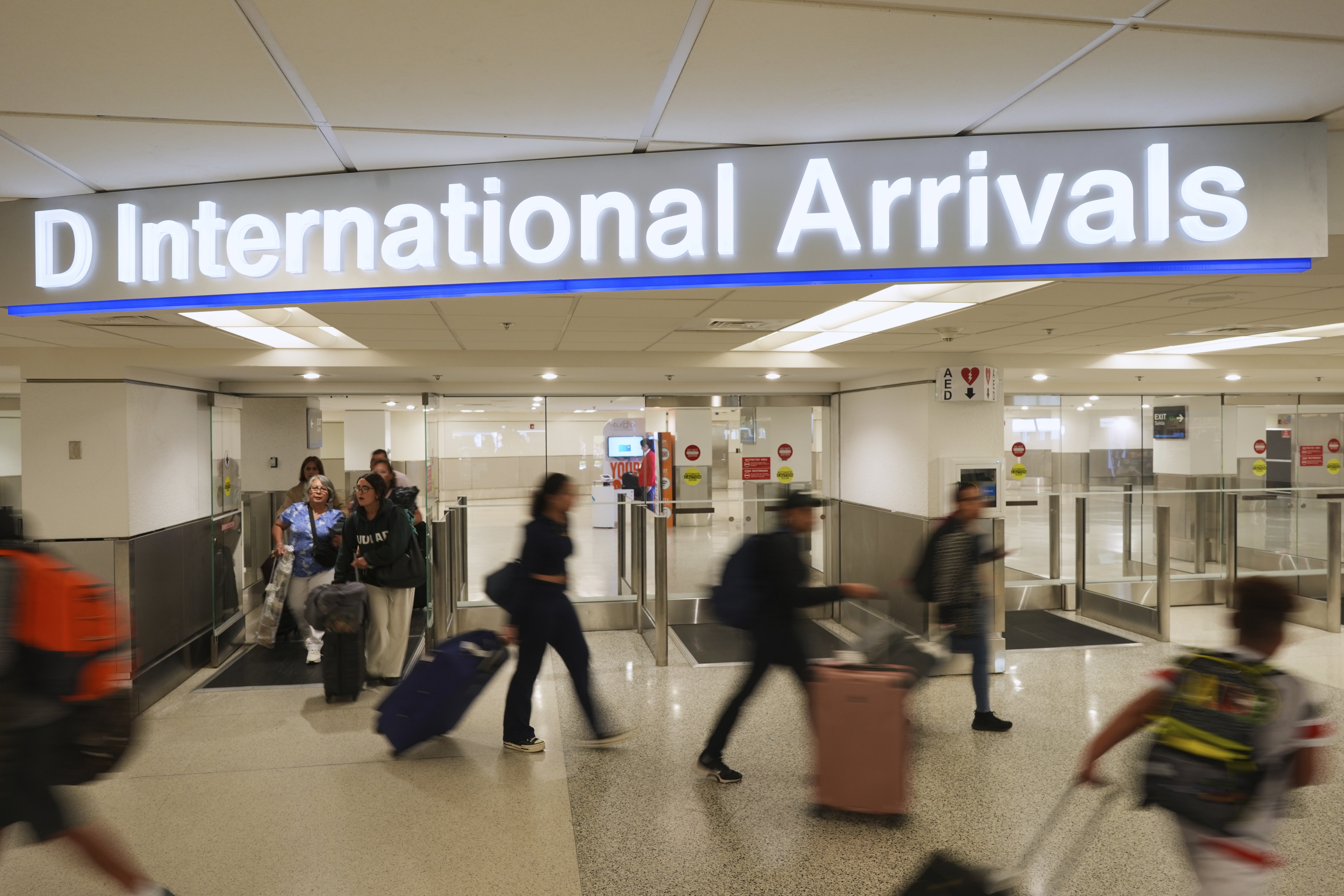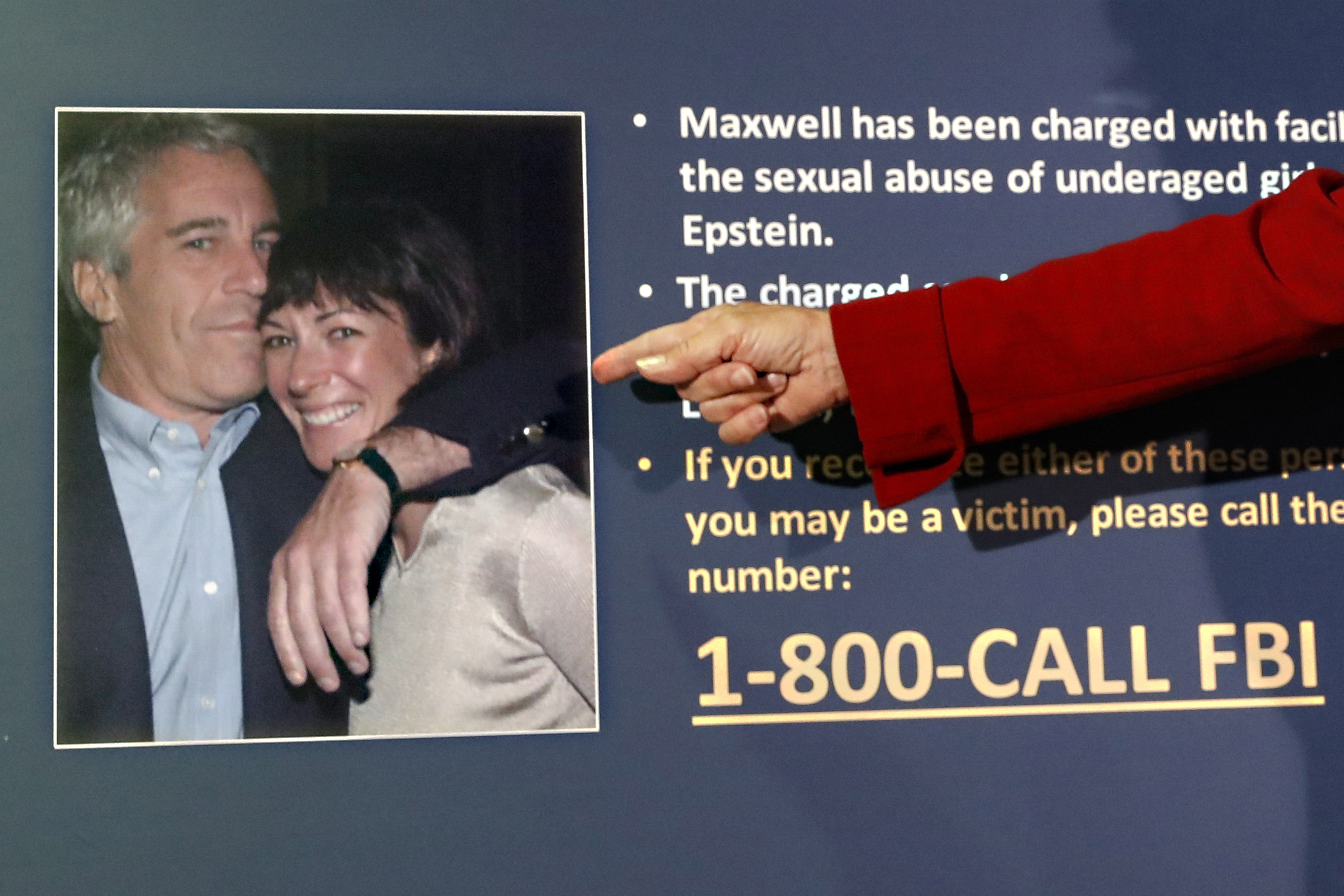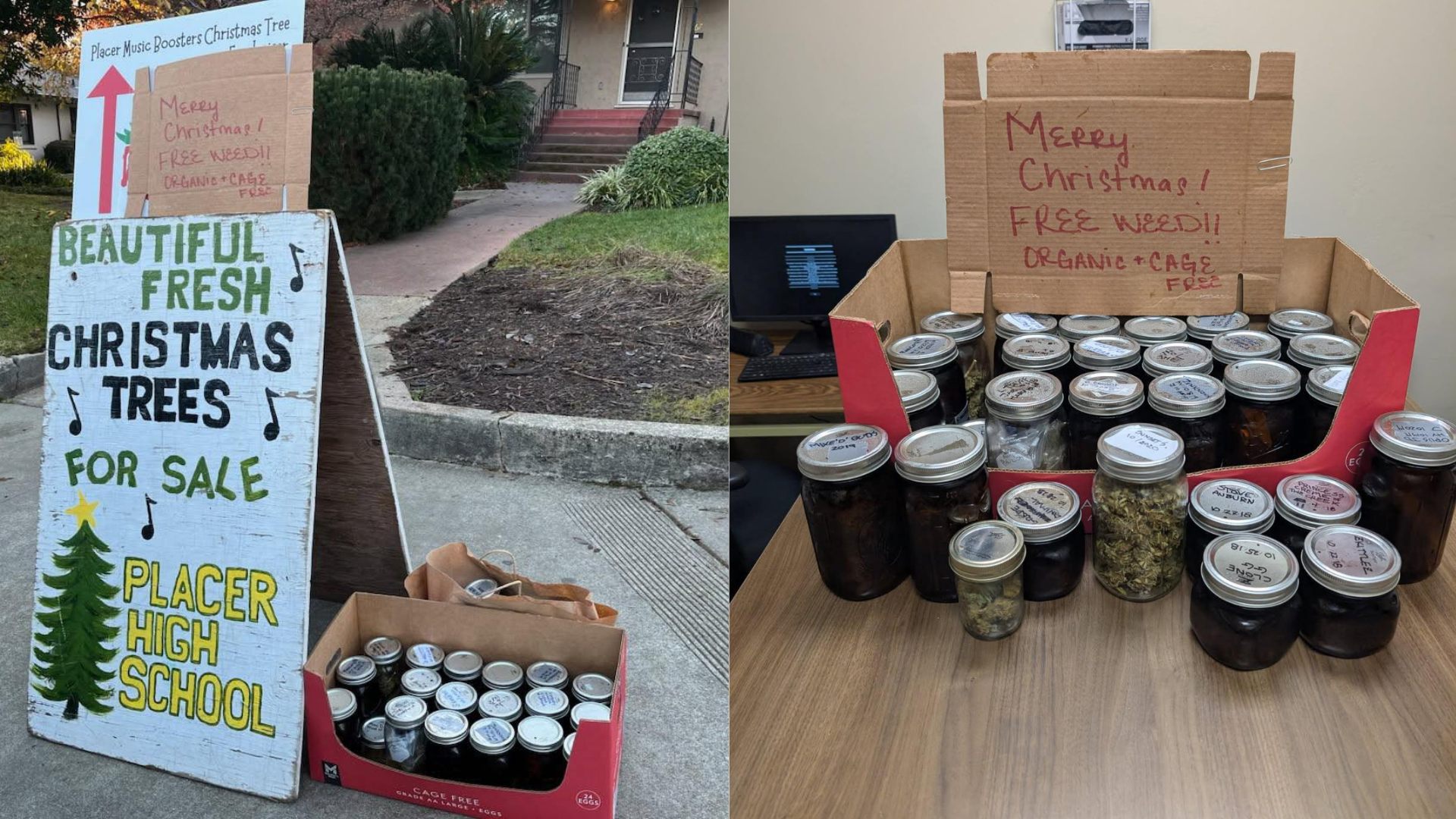Massive government relief passed in response to the COVID-19 pandemic moved millions of Americans out of poverty last year, even as the official poverty rate increased slightly, the Census Bureau reported Tuesday.
The official poverty measure rose 1 percentage point in 2020, with 11.4% of Americans living in poverty, or more than 37 million people. It was the first increase in poverty after five consecutive annual declines.
But the Census Bureau's supplemental measure of poverty, which takes into account government benefit programs and stimulus payments, showed that the share of people in poverty dropped significantly after the aid was factored in.
The supplemental poverty measure was 2.6 percentage points lower than its pre-pandemic level in 2019. Stimulus payments moved 11.7 million people out of poverty, while expanded unemployment benefits kept 5.5 million from falling into poverty. Social Security continued to be the nation's most effective anti-poverty program.
During last year’s epic economic collapse, employers shed 22.4 million jobs in March and April, the sharpest decline since records began in the 1940s. Weekly applications for unemployment benefits topped 6 million in a single week in April, by far the highest on record. Since then, the economy has recovered three-quarters of those lost jobs, but the U.S. still has 5.3 million fewer positions than before the pandemic.
A basic indicator of the economic health of the middle class registered the shock.The median — or midpoint — household income decreased by 2.9% to $67,521 in 2020.
The median is a dividing line, with half of American households having lower incomes and the other half, higher. It was the first statistically significant drop in that measure in nearly a decade.
People who held on to steady year-round jobs saw an increase in economic well-being, with their median earnings rising 6.9% after adjusting for inflation. People on the lower rungs of the job market, those with part-time jobs or trying to stay afloat in the gig economy, lost ground as median earnings decreased 1.2% for workers overall.
Congress passed five bipartisan COVID-19 response bills last year, totaling close to $3.5 trillion and signed into law by then-President Donald Trump. This year Democrats pushed through Biden’s nearly $1.9 trillion American Rescue Plan on party-line votes. Its effects are not reflected in the Census reports.
On a historical note, the Census reports documented that government aid was much more effective in preventing poverty last year than in the aftermath of the 2008-2009 Great Recession, a decade earlier. Even after accounting for government programs, the supplemental measure of poverty rose in 2010, while it fell sharply in 2020. That reflects how much more financial juice was provided by Congress and the Trump administration in 2020, compared with President Barack Obama’s roughly $900 billion package in 2009.
Among other provisions, the Biden plan extends tax credits for families with children, which is seen as a strategy for reducing childhood poverty and its long-term consequences. The Census reports for 2020 showed that childhood poverty would have increased without the impact of government benefits. Instead it declined.
Additional reporting by the Associated Press.



 Jobless Claims Reach A Pandemic Low As Economy Recovers
Jobless Claims Reach A Pandemic Low As Economy Recovers






